On August 26, the largest-scale hunt for the Loch Ness monster in the past five decades began in the Scottish Highlands (UK).
The hunt has captivated scientists and enthusiasts around the world, hoping it will solve a mystery that has been debated for nearly a century.
About 100 volunteers are looking for signs of life on the shores of the lake, and a similar group will be watching remotely from four monitors set up around the lake. Researchers have decided to use the latest technology, from diving devices equipped with thermal scanners, ships equipped with infrared cameras, to underwater recorders.
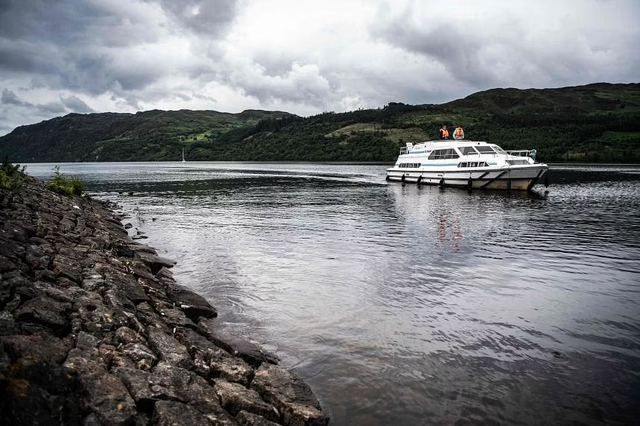 |
With a length of more than 37km and a depth of 230m, Loch Ness is the largest freshwater lake in England. Photo: AFP |
Alan McKenna, co-organiser of the Loch Ness Expedition, said thermal scanners could play a key role in identifying any unusual movement in the depths of the loch.
In addition, the underwater recorder will allow the research team to hear sounds that may come from the legendary monster nicknamed Nessie.
Loch Ness is one of the largest lakes in Scotland, more than 230 m deep, stretching over 37 km. The legend of the Loch Ness monster dates back to ancient times. The story of the monster in the lake became widely known in 1933 when the Scottish press reported a photo of a "prehistoric monster". This news sparked a series of investigations, most of which proved the photo to be a hoax.
According to the Loch Ness Centre in Drumnadrochit, there are now more than 1,100 records describing the Loch Ness monster. The legend of the legendary monster also helps Scotland earn millions of pounds each year from tourism and visiting Loch Ness.
VNA
*Please visit the International section to see related news and articles.
Source






















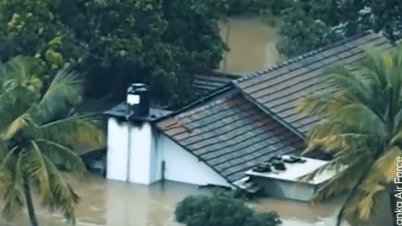



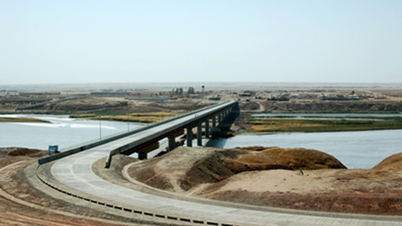






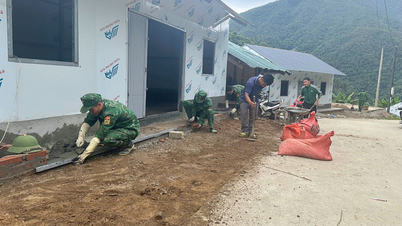




















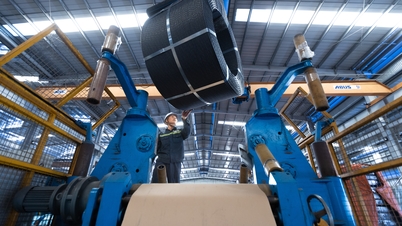










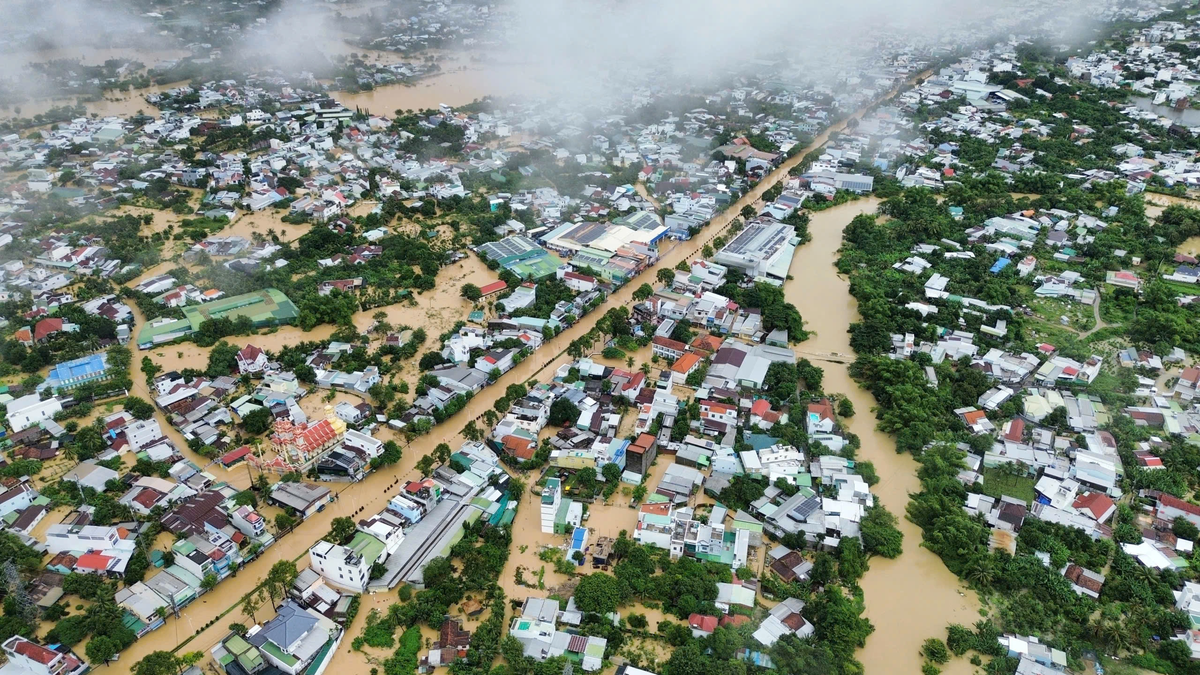

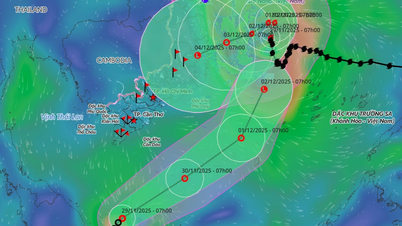





















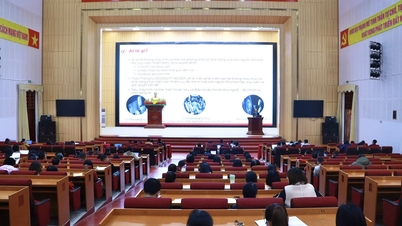
















Comment (0)